Lyndsie Manusos’s fiction has appeared in PANK, SmokeLong Quarterly, and other publications. She holds an MFA from the School of the Art Institute of Chicago and has worked in web production and content management. When she’s not nesting among her books and rough drafts, she’s chasing the baby while the dog watches in confused amusement. She lives with her family in a suburb of Indianapolis.
I’ve always been a huge fan of haunted houses, in any medium of horror. Most close friends and family know I’m a Shirley Jackson fanatic, having her signature cat-eye glasses tattooed on my forearm. The Haunting of Hill House remains one of my favorite books of all time, and I always go back for a reread.
Some of my favorite lore about Shirley Jackson writing The Haunting of Hill House is the various inspirations she had for the story. Among other things, Jackson saw a photo of a house and noticed its air of disease and decay. Something was inherently wrong about it, yet she couldn’t pinpoint what it was. As she later wrote in the book, “some houses are born bad.”
I’m sure we’ve all come across a room, house, or building that gives off bad vibes, either inexplicably or with good reason. The author of today’s recommendation takes this phenomenon to the next level, not only speculating but explaining through history and architectural purpose where and why some of this dread comes from. I knew from the first pages that this book would blow my mind and change the way I think about haunted houses and architecture, especially as it relates to the horror genre.
Some of these findings may surprise you, and all of them should open your eyes.
Sick Houses: Haunted Homes & The Architecture of Dread by Leila Taylor
There is nothing more horrifying than when the home becomes a place of fear and danger. Leila Taylor takes on the haunted house in all mediums of horror, and fleshes out how the ideology of the home, and the myth of the American Dream, can be turned against us. From the famous Hill House and Amityville to high rises and rundown apartment buildings, Taylor not only explores the supernatural but also the everyday classicism, racism, and socioeconomic oppression that contribute to the corruption of the home.
The Fright Stuff
Ready for some thrills and chills? Sign up to receive the latest and greatest from the world of horror.
And Sick Houses goes beyond “some houses are born bad.” Taylor organizes her book by types of houses in horror: American houses, witch houses, mad houses, etc. While the “born bad” trope can indeed be the core factor to hauntings and terrors, Taylor reminds us of the human factor and purposeful architectural choices. There’s the idealized utopian high rise becoming a horrific, inescapable place due to poor maintenance and neglect, or the terrifying mayhem between neighbors when an apartment building’s elevators shut down. Taylor looks forward and backward in time, from architectural failures and almost science fiction thought experiments.
My copy of this book is riddled with tabs and underlined passages. As soon as I finished it, I also ordered Taylor’s latest book, Darkly: Black History and America’s Gothic Soul. Reading Sick Houses not only opened my eyes but renewed my fervor for reading and writing horror, to seeing beyond the mere trope and finding the bloody sinews, choices, and history beneath. Any house that looks haunted to me now has a layered meaning to it; Is the house haunted, corrupted, seemingly wrong, due to something unknown, or was it—be it purposefully or accidentally—built that way?
To get more book recommendations sent straight to your inbox, sign up for Read This Book here! For more horror and hauntings, try these haunted house mysteries and these stories of houses haunted by more than just ghosts.

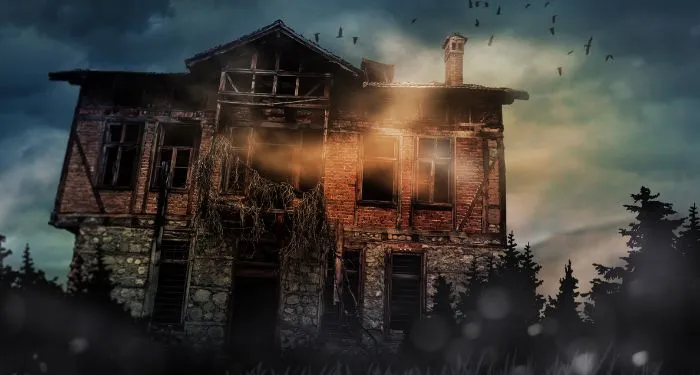



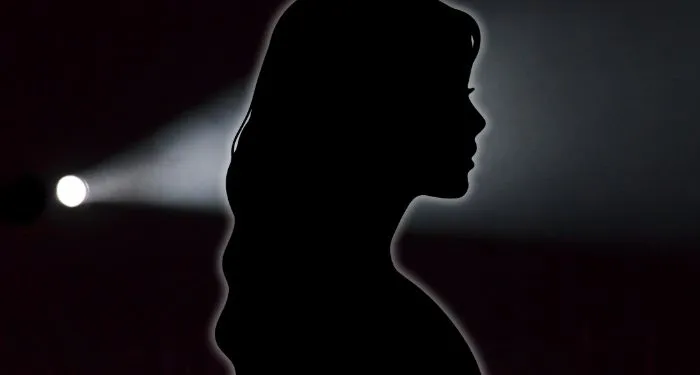
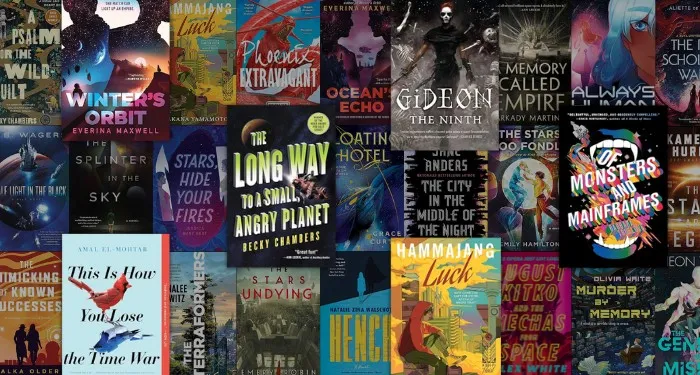

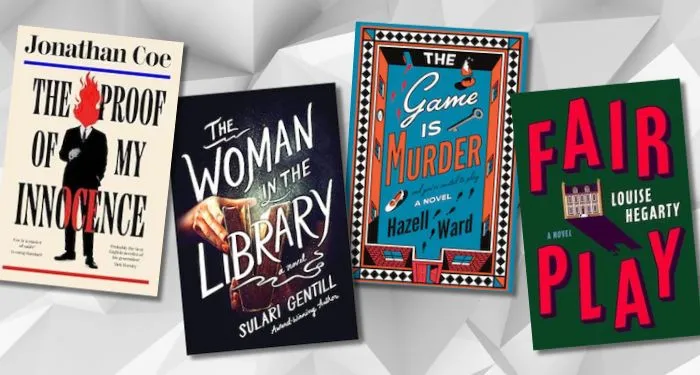
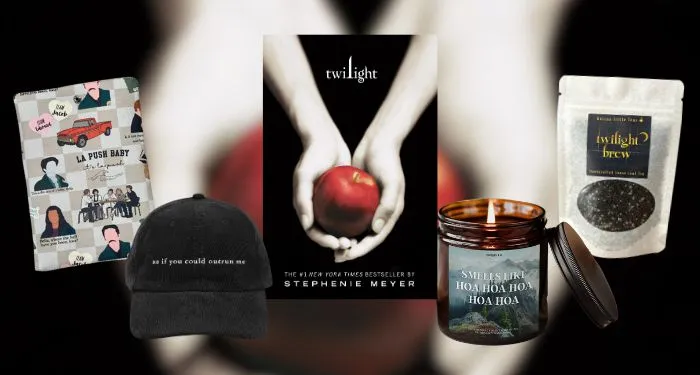


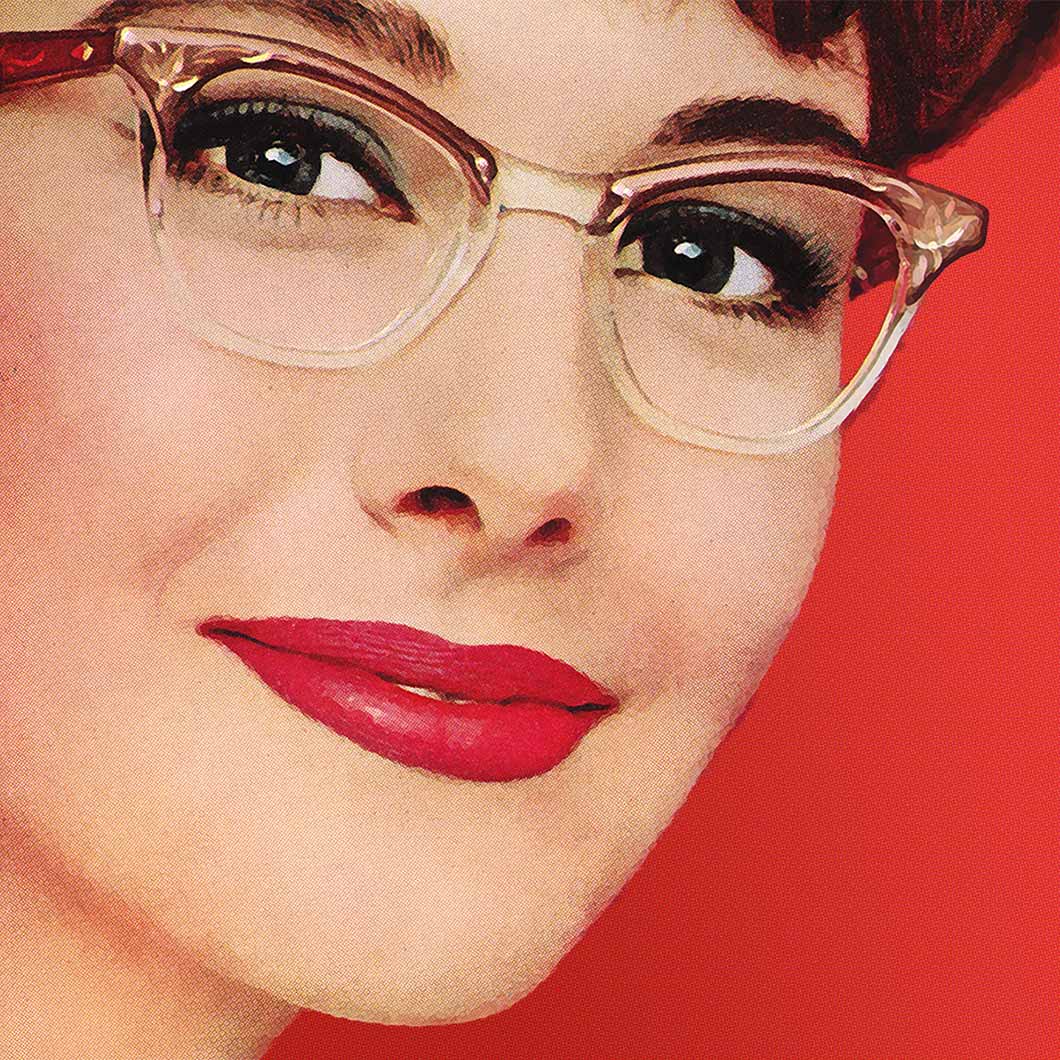

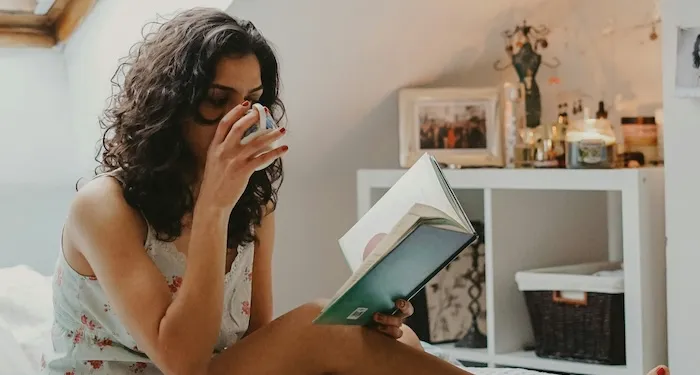






 English (US) ·
English (US) ·